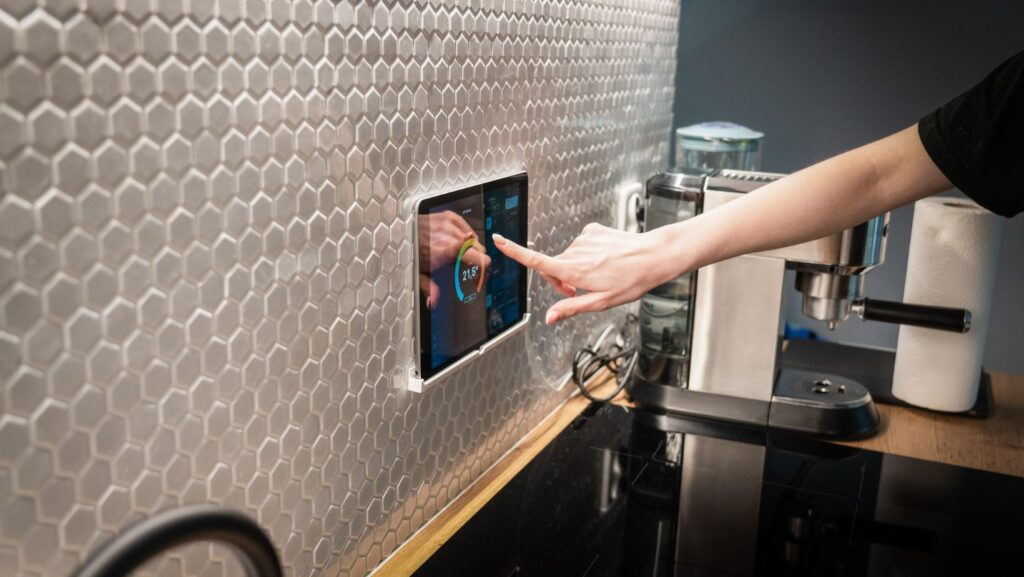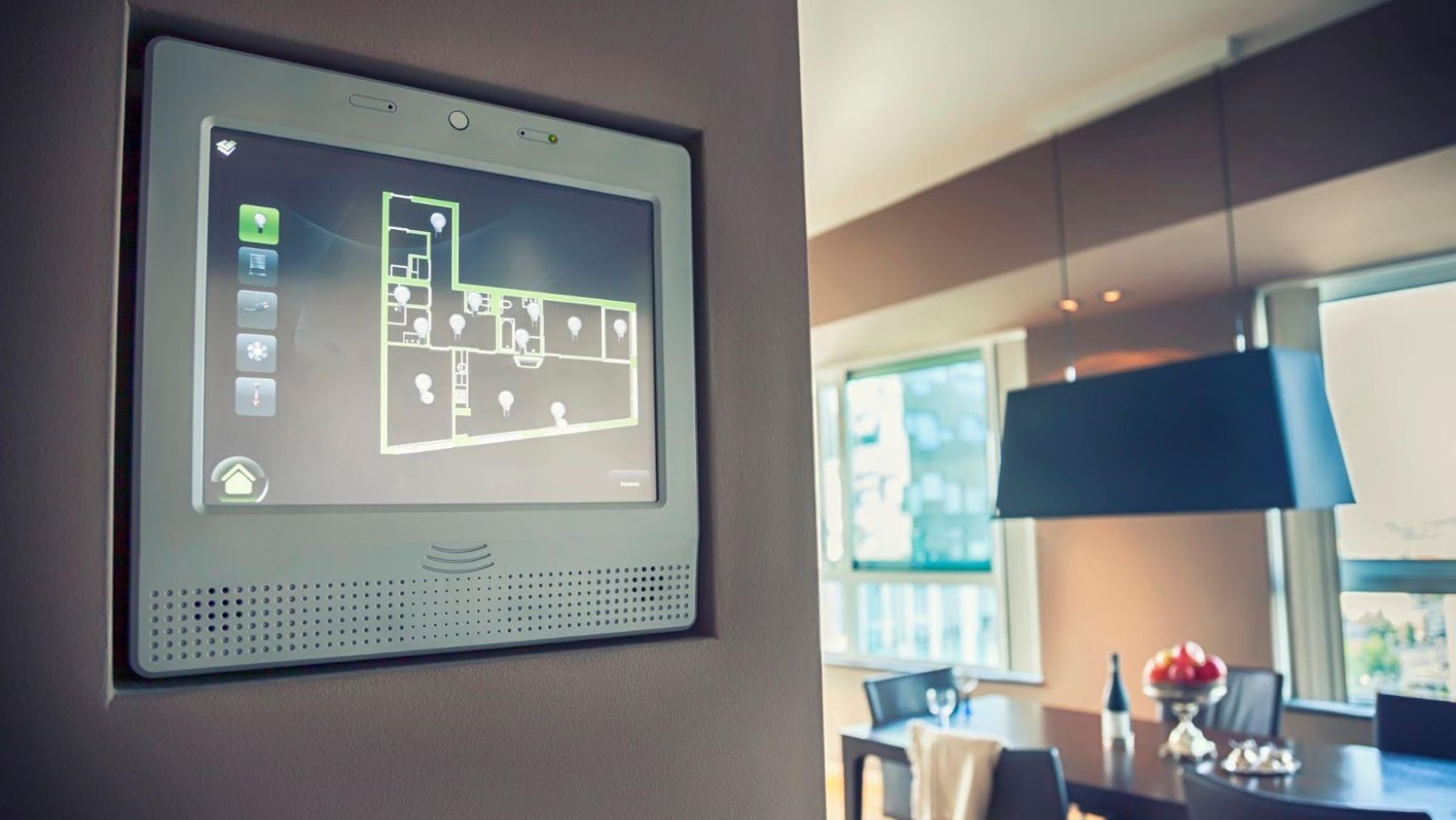
Smoke alarms are an essential component of home safety, serving as an early warning system to protect families and property from the dangers of fire. These devices significantly reduce the risk of fatalities and injuries by alerting occupants to the presence of smoke or fire. However, it’s important to understand the difference between false alarms and real emergencies and know how to respond appropriately. This guide will discuss the necessary steps to take when your smoke alarm goes off, ensuring you’re prepared for any situation.
Assessing the Situation Immediately
When your smoke alarm goes off, the first step is to assess the situation quickly and accurately. Begin by determining if you can see visible signs of fire or smoke. Look around for flames, which could signify an immediate threat. Also, take note of any unusual odors that might indicate smoldering materials or burning substances.
Next, identify the location of the alarm that has been triggered. This can help you determine the proximity of the potential danger. Consider the time of day and any ongoing household activities that might influence your sensor, such as cooking or using a fireplace. These factors could be the cause of a false alarm. However, always err on the side of caution and investigate promptly.
Evacuation Procedures
Having a well-thought-out evacuation plan is critical in ensuring the safety of all household members during a fire emergency. Make sure to regularly practice this plan with your family so everyone knows exactly what to do. Begin by calmly and swiftly exiting the home, following your predetermined escape routes. Close doors behind you as you leave to help contain the fire.
Designate a safe meeting point outside the home where all family members can regroup. This could be a nearby tree, mailbox, or a neighbor’s house. Ensuring that everyone knows this meeting spot is crucial for accounting for all individuals quickly.

Don’t forget to consider pets and vulnerable individuals, such as young children, elderly family members, or those with mobility issues. Assign specific family members the responsibility of assisting these individuals to safety. Keeping leashes, carriers, and a first-aid kit in an accessible location can also help in managing pets and addressing minor injuries during the evacuation.
Calling Emergency Services
In the event of a fire, it is imperative to contact emergency services without delay. Once you are safely out of the house, call 000 (the emergency number in Australia). Provide the dispatcher with clear and concise information, including the nature of the emergency, your location, and any visible signs of fire or smoke.
While waiting for emergency responders, stay calm and keep your family at a safe distance from the property. If possible, continue monitoring the situation from a secure location. Should the fire start to spread, inform the dispatcher immediately. Remaining composed and providing accurate information can significantly aid emergency services in their response efforts.
Using Fire Extinguishers and Other Safety Equipment
Having fire extinguishers and knowing how to use them can be a lifesaver in mitigating a small fire before it becomes unmanageable. Understand the types of fire extinguishers available: Class A (ordinary combustibles), Class B (flammable liquids), Class C (electrical equipment), and multi-purpose extinguishers. Make sure your household has the appropriate extinguishers for potential fire risks.
To properly use a fire extinguisher, follow the PASS technique: Pull the pin, Aim the nozzle at the base of the fire, Squeeze the handle, and Sweep the nozzle from side to side. Only attempt to extinguish the fire if it is small and contained; you have the proper type of extinguisher, and you can easily reach an exit.
In addition to fire extinguishers, other safety equipment, such as fire blankets and smoke hoods, can be useful. Fire blankets can smother small fires or be wrapped around a person whose clothing has caught fire. Smoke hoods filter smoke and toxic gases, providing critical breathing protection.
Remember, if the fire is spreading rapidly or you feel unsafe, evacuate immediately and let the professionals handle it. No belongings are worth risking your life for.
Preventing Future False Alarms
False alarms can be annoying and may lead to complacency, which is dangerous. Several common causes of false alarms can be easily avoided with proper maintenance and placement of smoke alarms. Dust, insects, and steam are typical culprits. Regularly clean your smoke alarms and keep them free from obstructions.

Conduct monthly tests to ensure that each alarm is functioning correctly. Replace the batteries at least once a year or more often if needed. Smoke alarms themselves should be replaced every ten years for optimal performance.
Proper placement of smoke alarms is also key in preventing false alarms and ensuring they detect actual fires effectively. Install alarms on each level of your home, inside bedrooms, and outside sleeping areas. Learn about smoke alarm placement to ensure maximum coverage and minimal false alarms.
Understanding the difference between ionization and photoelectric smoke alarms can also help you choose the right type for each area of your home. Ionization alarms are generally better at detecting fast-flaming fires, while photoelectric alarms are more responsive to smoldering fires. Combining both types or opting for dual-sensor models can provide comprehensive protection.
Conclusion
Knowing the steps to take when your smoke alarm goes off is vital for safeguarding your home and family. Quickly assessing the situation, having a solid evacuation plan, knowing when and how to call emergency services, and using fire safety equipment properly can make all the difference in a fire emergency. Preventing false alarms through regular maintenance and proper smoke alarm placement is also essential for maintaining a reliable warning system.
Regular preparedness and education are crucial in ensuring that everyone knows what to do in the event of a fire. Develop an emergency plan, practice it frequently, and stay informed about home fire safety. Remember, being prepared can save lives. For further information on smoke alarms and fire safety, consult resources provided by fire departments and safety organizations.












